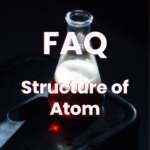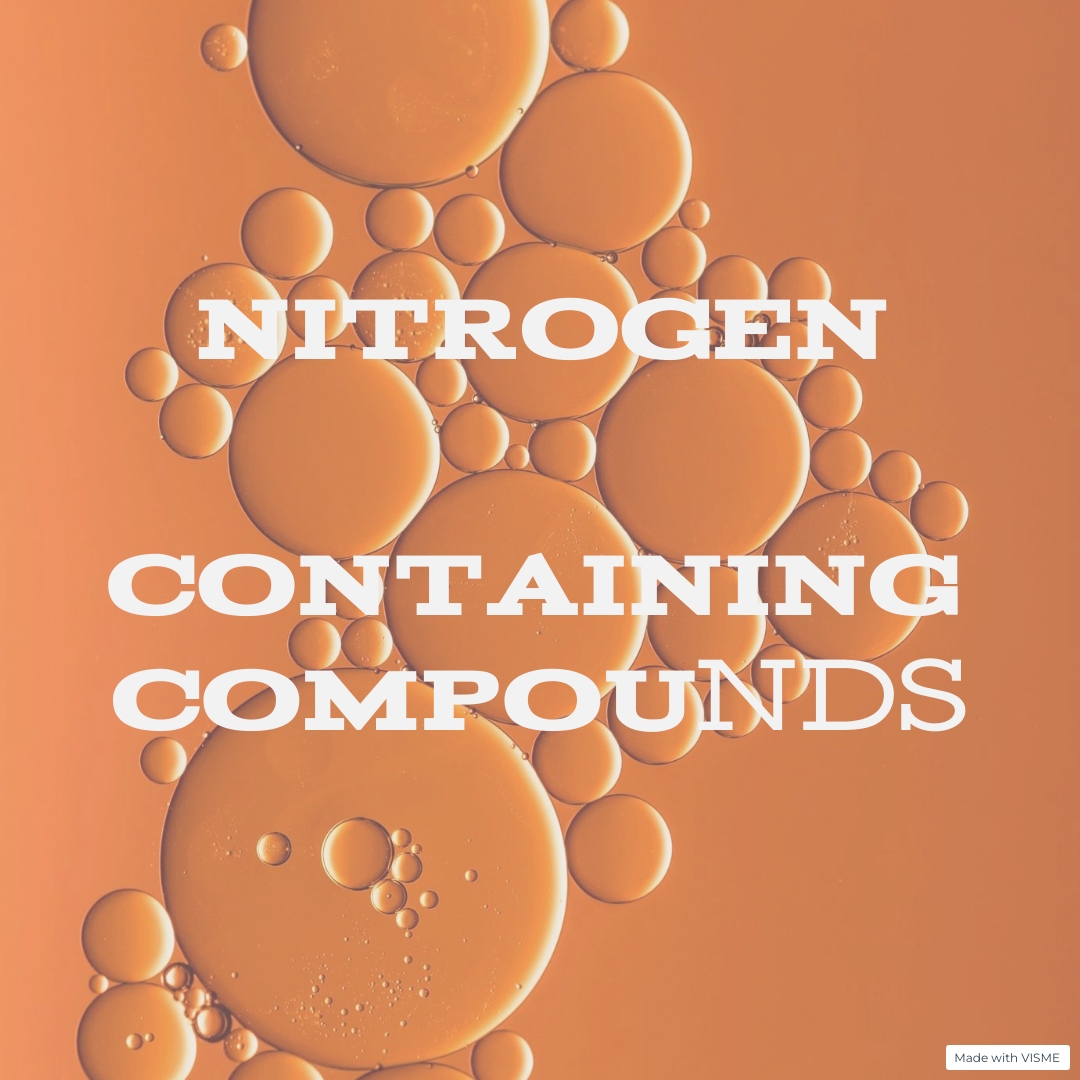The Corey-Posner-Whitesides-Housing (CPWH) coupling, often referred to simply as the Corey-Posner-Whitesides (CPW) coupling, is a powerful synthetic method for the formation of carbon-carbon bonds. It was developed by chemists Elias J. Corey, William S. Posner, and George M. Whitesides in the late 1960s and early 1970s.
The CPW coupling involves the reaction of an organometallic compound with an α-halo carbonyl compound to form a new carbon-carbon bond. The organometallic compound typically contains a carbon-metal bond, such as those derived from Grignard reagents, organolithium compounds, or organocuprates.
The general reaction scheme for the CPW coupling can be represented as follows:
Organometallic compound+α-halo carbonyl compound→New carbon-carbon bond formationOrganometallic compound+α-halo carbonyl compound→New carbon-carbon bond formation
The CPW coupling reaction proceeds via a nucleophilic addition-elimination mechanism. The organometallic compound acts as a nucleophile, attacking the electrophilic carbonyl carbon of the α-halo carbonyl compound. This leads to the formation of an intermediate alkoxide, which undergoes elimination of the halide to generate the desired product with the formation of a new carbon-carbon bond.
The CPW coupling has been widely used in organic synthesis for the construction of complex molecules, including natural products, pharmaceuticals, and fine chemicals. It offers several advantages, including high regio- and stereocontrol, versatility in substrate selection, and the ability to tolerate a variety of functional groups.
Overall, the CPW coupling is a valuable synthetic tool for carbon-carbon bond formation and has contributed significantly to the advancement of organic synthesis.
The Corey-Posner-Whitesides-Housing (CPWH) coupling, also known as the Corey-Posner-Whitesides (CPW) coupling, involves the formation of a new carbon-carbon bond through the reaction of an organometallic compound with an α-halo carbonyl compound. The mechanism of this reaction can be described in several steps:
- Formation of Organometallic Compound: The reaction typically begins with the formation of an organometallic compound. This can be achieved by treating an organic halide (e.g., alkyl halide) with a metal reagent such as magnesium (Grignard reagent), lithium (organolithium compound), or copper (organocuprate). For instance, in the case of a Grignard reagent, the reaction proceeds via metal-halogen exchange followed by coordination of the resulting organometallic species with the alkyl halide:
R-X+Mg→R-Mg-X
R-Mg-X+R’-X→R-R’+MgX2
- Formation of Enolate: The α-halo carbonyl compound, often an α-halo ketone or aldehyde, is then added to the reaction mixture. The organometallic compound (R-M) reacts with the carbonyl compound to form an enolate intermediate. This step involves nucleophilic attack of the organometallic species at the carbonyl carbon, followed by deprotonation to generate the enolate:
R-M+R’-CO-Br→R’-CO-M+M-Br
R’-CO-M→R’-C(O)−M+H+
- Formation of Ketone or Aldehyde: The enolate intermediate then undergoes protonation to yield the final ketone or aldehyde product:
R’-C(O)−M+H+→R’-C(O)-H+M
Overall, the CPWH coupling involves the nucleophilic addition of an organometallic compound to an α-halo carbonyl compound, followed by protonation to form the desired ketone or aldehyde product. This reaction mechanism enables the formation of new carbon-carbon bonds, making the CPWH coupling a valuable tool in organic synthesis.

The Corey-Posner-Whitesides-Housing (CPWH) coupling, or simply Corey-Posner-Whitesides (CPW) coupling, has found numerous applications in organic synthesis due to its ability to form carbon-carbon bonds efficiently. Some of the key applications of the CPW coupling include:
- Total Synthesis of Natural Products: The CPW coupling has been extensively used in the total synthesis of various complex natural products. It enables chemists to construct intricate molecular frameworks by forming key carbon-carbon bonds in a selective and efficient manner.
- Functional Group Interconversion: The CPW coupling facilitates the interconversion of functional groups in organic molecules. By utilizing different organometallic compounds and α-halo carbonyl compounds, chemists can introduce or modify specific functional groups, thereby enabling the synthesis of diverse organic compounds.
- Preparation of Pharmaceuticals: The CPW coupling is employed in the synthesis of pharmaceutical intermediates and active ingredients. It allows for the introduction of key structural motifs present in many drug molecules, enabling the efficient preparation of pharmaceutical compounds.
- Fine Chemical Synthesis: In addition to pharmaceuticals, the CPW coupling is used in the synthesis of various fine chemicals and specialty compounds. It offers a versatile method for the construction of complex molecular architectures, facilitating the development of new materials and chemical products.
- Catalyst Development: The CPW coupling has also been utilized in the development of new catalytic systems. By exploring different metal catalysts and reaction conditions, researchers aim to improve the efficiency, selectivity, and scope of the CPW coupling, thereby expanding its utility in organic synthesis.
- Stereocontrolled Synthesis: The CPW coupling can be employed in stereocontrolled synthesis, enabling the formation of stereospecific carbon-carbon bonds. Through careful design of reaction conditions and substrate selection, chemists can achieve high levels of stereocontrol in the CPW coupling reaction.
Overall, the CPW coupling is a versatile synthetic tool with broad applications in organic synthesis, including natural product synthesis, pharmaceutical development, fine chemical synthesis, and catalyst design. Its ability to form carbon-carbon bonds efficiently and selectively makes it an invaluable method in modern organic chemistry.








